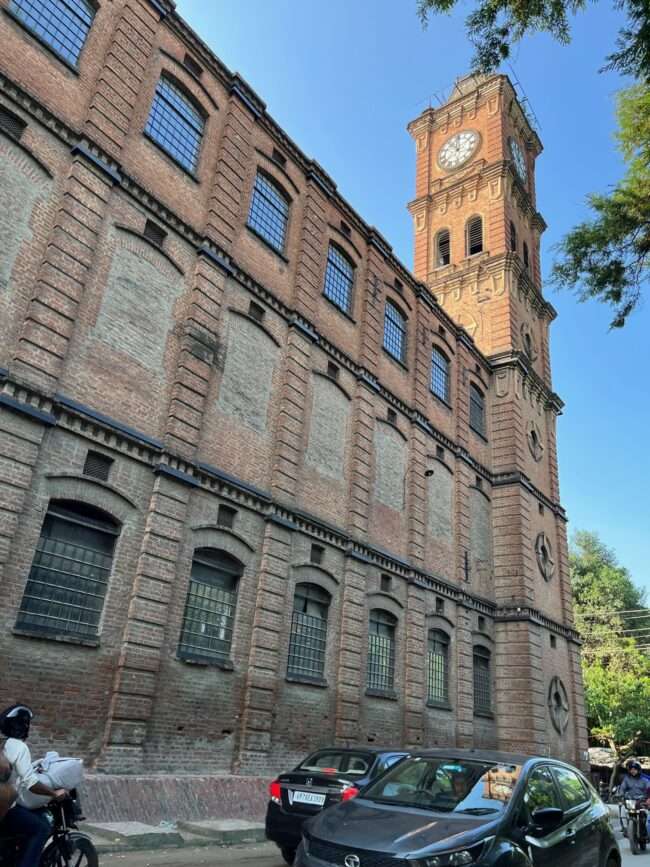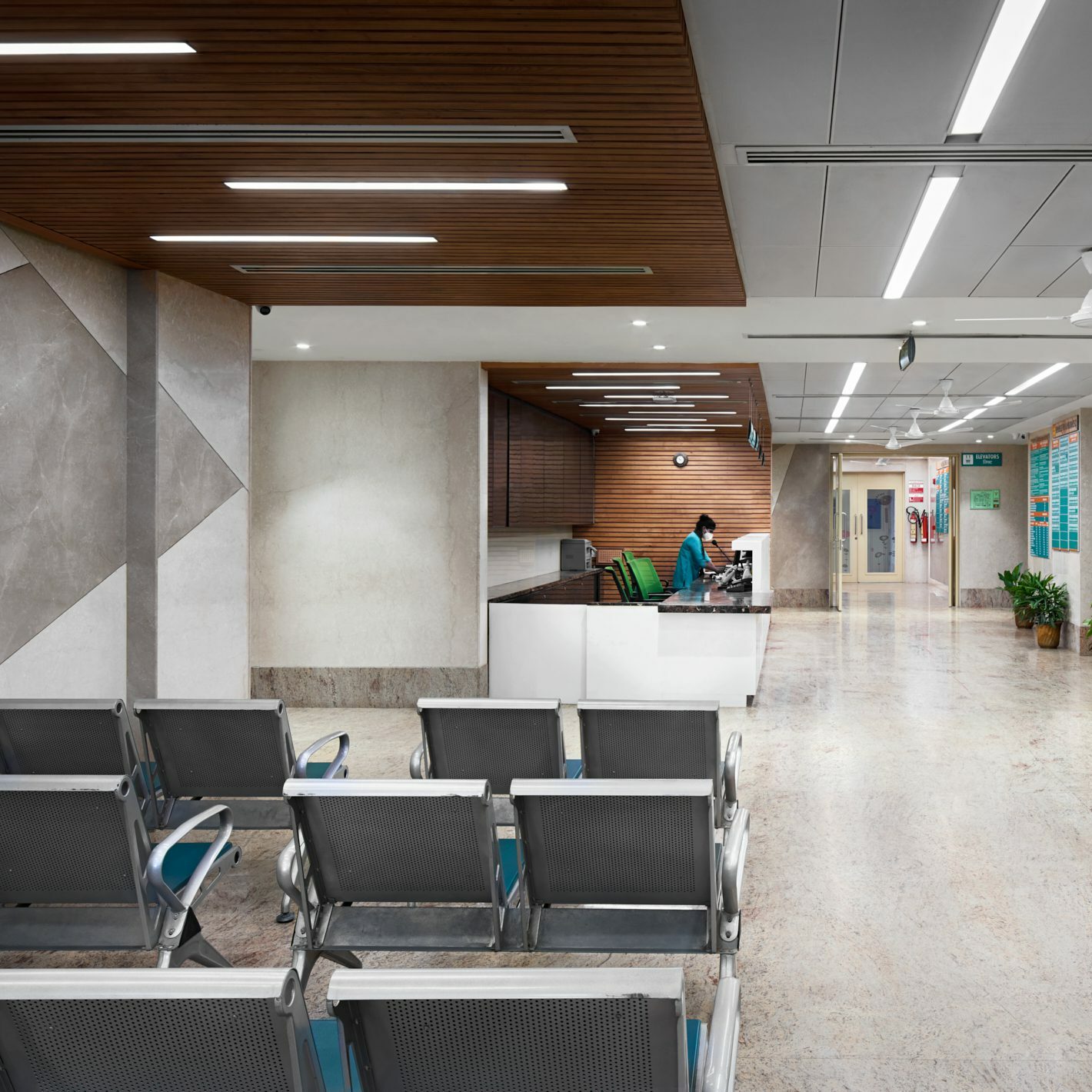Rediscovering Kanpur: A Walk Through its History and Heritage
Nestled along the banks of the river Ganga, Kanpur stands as a silent witness to its grandeur, echoing tales of a vibrant past steeped in architectural brilliance. Once hailed as the “Manchester of the East”, the city was the heartbeat of India’s industrial revolution. However, Kanpur now finds itself at a crossroads, teetering between preserving its architectural legacy and embracing modern urban development.
Kanpur’s historical narrative unravels through its architectural gems. At the heart of Kanpur’s architectural identity stands the Cawnpore Woolen Mills, a magnificent structure that once drove the city’s industrial engine. Founded in 1876, this mill was a living testament to the Industrial Revolution. It stood as a pioneer in sustainability, boasting rainwater harvesting, power generation, and water purification systems that were far ahead of their time. A tamarind tree that bore reddish tamarind stood on the premises of the Cawnpore Woolen Mill, and the mill also became famous as Lal Imli, a name associated with fine woollen goods. The clock tower at Lal Imli Mills, also known as “Big Ben of Kanpur”, symbolises the city’s industrial past. Its towering presence and elegant design made it a prominent architectural landmark that contributed to the daily lives of the city’s residents. However, the decline of Kanpur’s industrial lustre post-independence marked a pivotal moment in its trajectory. The architectural marvels that once thrived now remind us of a glorious past, urging us to breathe new life into them.
The Call for Renewal
Kanpur’s revival hinges on the delicate balance between honouring its heritage and embracing urbanisation. The architectural wonders that adorn the cityscape need not be relics of the past but catalysts for a vibrant future.
Design Factory India’s (DFI) visionary lighting design for the Lal Imli Mill exemplifies the fusion of history and modernity, igniting a spark of hope for the city’s revival. Heritage tourism also serves as a bridge between the past and the future. Kanpur’s architectural marvels have the potential to attract travellers, fostering economic growth while nurturing a deep sense of pride among locals. Guided tours through these historical landmarks with stories of industrial triumphs envision a vibrant future.

A Vision for Tomorrow
Reviving Kanpur’s character is more than restoring bricks and mortar; it’s about igniting a collective spirit of hope and pride. It’s a commitment to honour the past while embracing a future steeped in progress and promise. Educational institutions can become cradles of innovation, weaving the city’s architectural legacy into contemporary learning. Cultural centres can breathe life into forgotten stories, hosting events celebrating Kanpur’s rich heritage and vibrant spirit. The road to urban renaissance demands meticulous planning and community engagement.
Kanpur stands at the threshold of transformation—a city poised to embrace progress without forsaking its heritage. It’s time to awaken Kanpur from its slumber, to breathe life into its architectural relics, and to pave the way for a renaissance that respects its history while crafting a vibrant tomorrow. The architectural legacy of Kanpur isn’t a fading relic; it’s a testament to the city’s resilience and a beacon illuminating its path toward a glorious future.
Spokesperson: Arti Gugnani, Alpana Gupta, Partner at VGA



